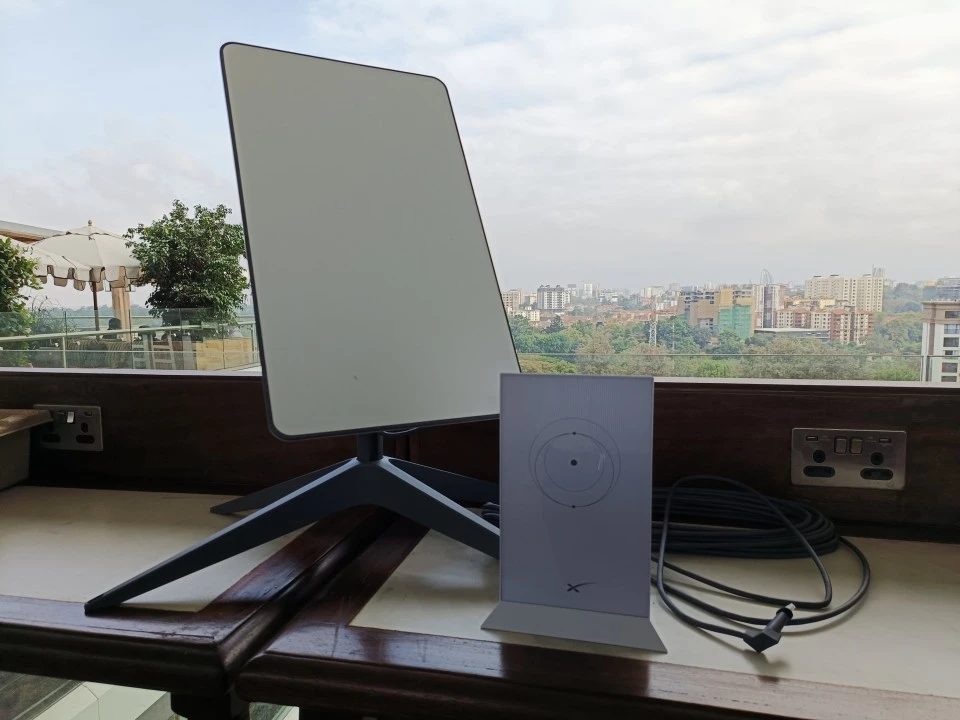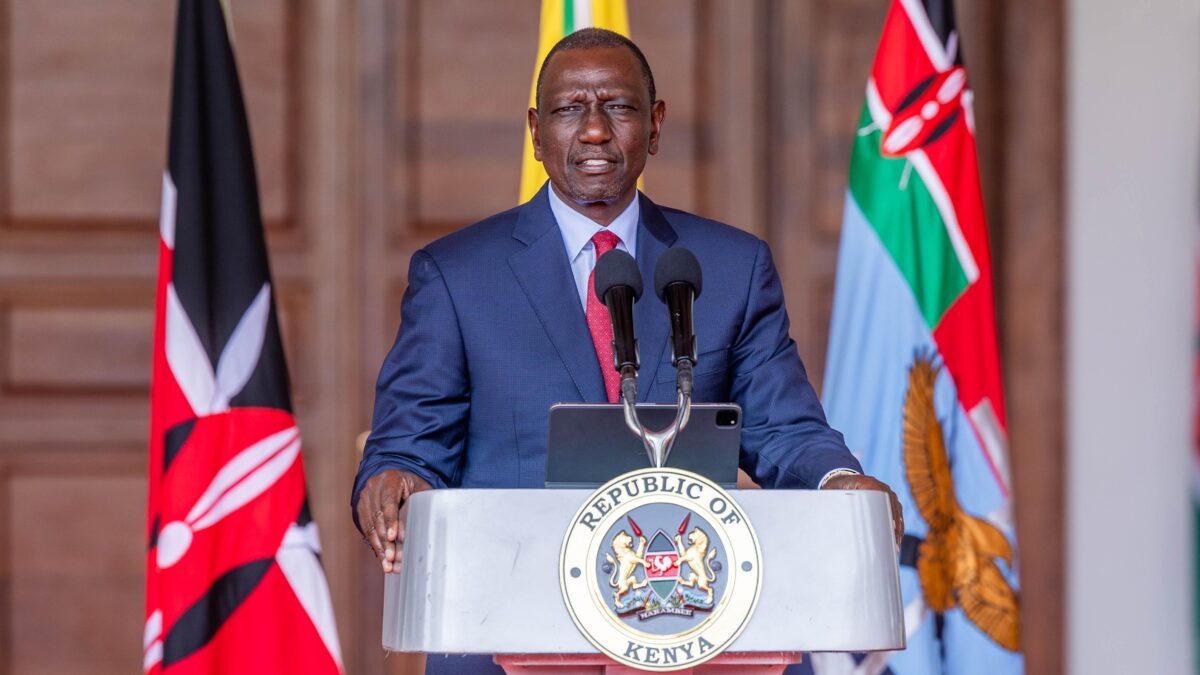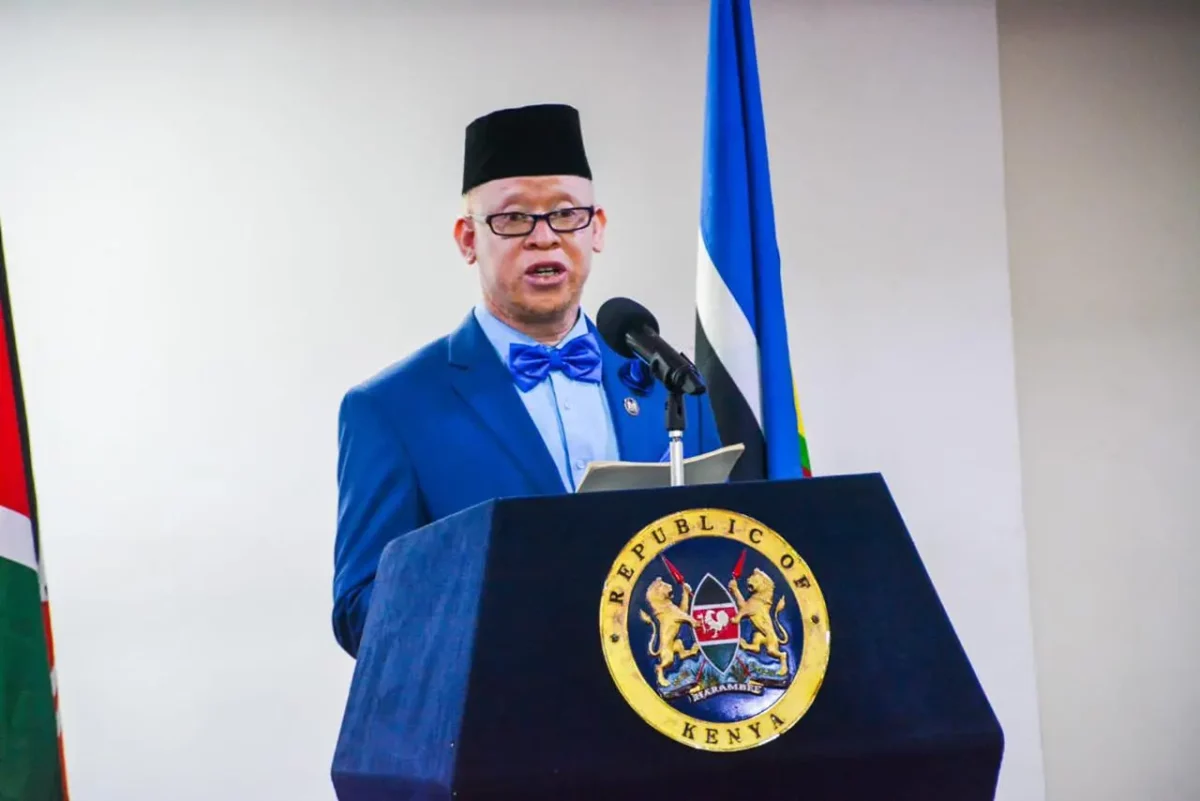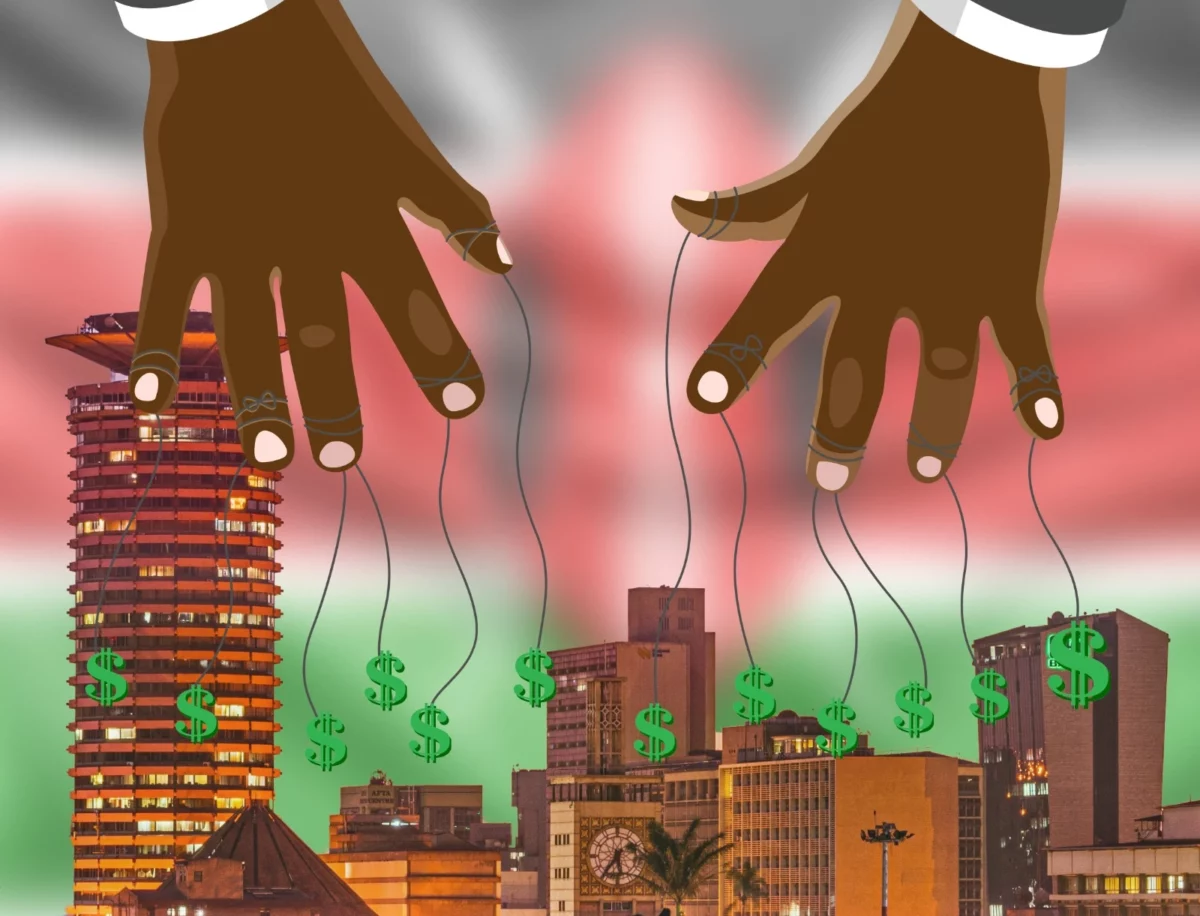Higher Education Loans Board (HELB) CEO Charles Ringera said the new university funding model would end ‘mama osha’ jobs. Historically, most students have had to do chores to afford school fees and upkeep while in school.
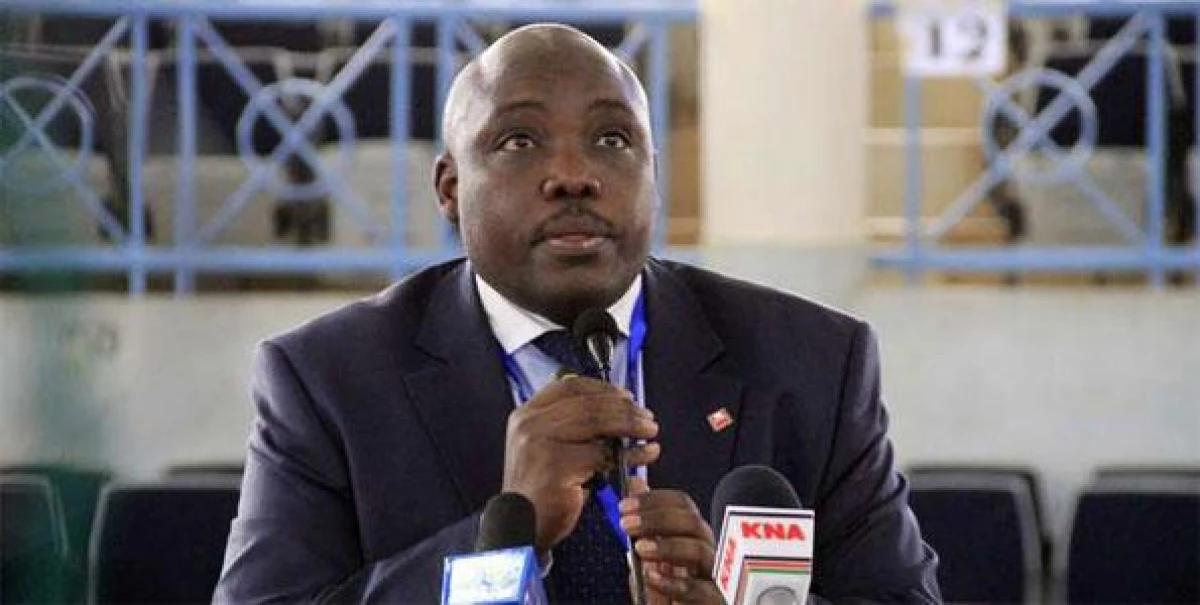
Students have had to juggle studies, other people’s laundry and other chores to raise enough money to fund their school fees and upkeep while in school. According to the HELB CEO, that will become a thing of the past with the introduction of the new funding model
Within the university funding model, students will be categorized under vulnerable, extremely needy, needy and less needy to get financial support from the government.
The HELB CEO pointed out that there has been an increase in the number of students in universities. This consequently led to a decreased amount of loans disbursed. Last year, only 24 per cent of the loan applicants were funded.
“Since the component of upkeep for the students is very low, we had to get an intervention of how to increase it to an average of KSH 41,000 and see if students can stop this ‘mama Osha’ business. Some of them even go crime, says Ringera.
Subscribe to Switch TV
Universities Fund (UF) Chief Executive Officer Geoffrey Monari explained that the new university funding model would be student-centred. He mentioned that the past model had funds directly allocated to the institution. From this statement, the HELB CEO points out that the model will rescue many students from the challenges of raising upkeep.
Monari assures students that they will get a scholarship and a loan from the Ksh 19.6 billion for the fund. Equally, a sum of Ksh 34.1 billion has been allocated for continuing students Under the Different cost units (*DUC) in the 2023/24 budget.
What benefits are there in the new model?
Within the new model, a vulnerable student will receive an 82 per cent tuition scholarship, an 18 per cent loan and an upkeep of Ksh 60,000. For the less needy students, they will be awarded a tuition scholarship of 32 per cent, a 58 per cent loan and an upkeep of Ksh 45,000.
This confrontation comes after many parents cried over the new university fee structures sent to them. The government restructured the funding model. The new model entails student-centred fund allocation from the then model of sending Ksh 8,000 to schools for those who qualified for government sponsorships.














